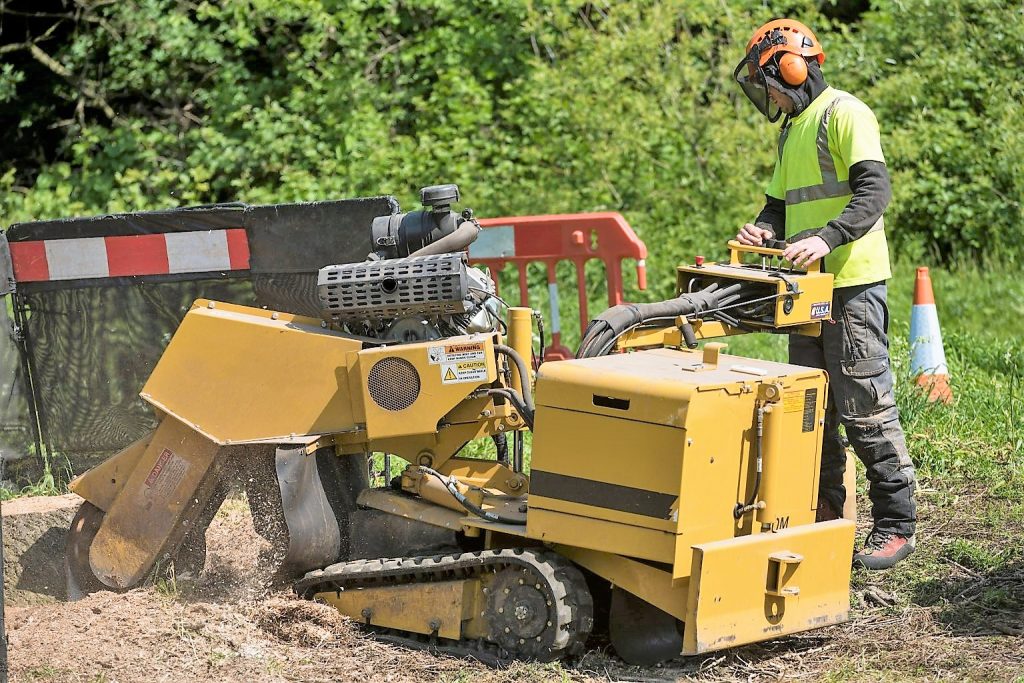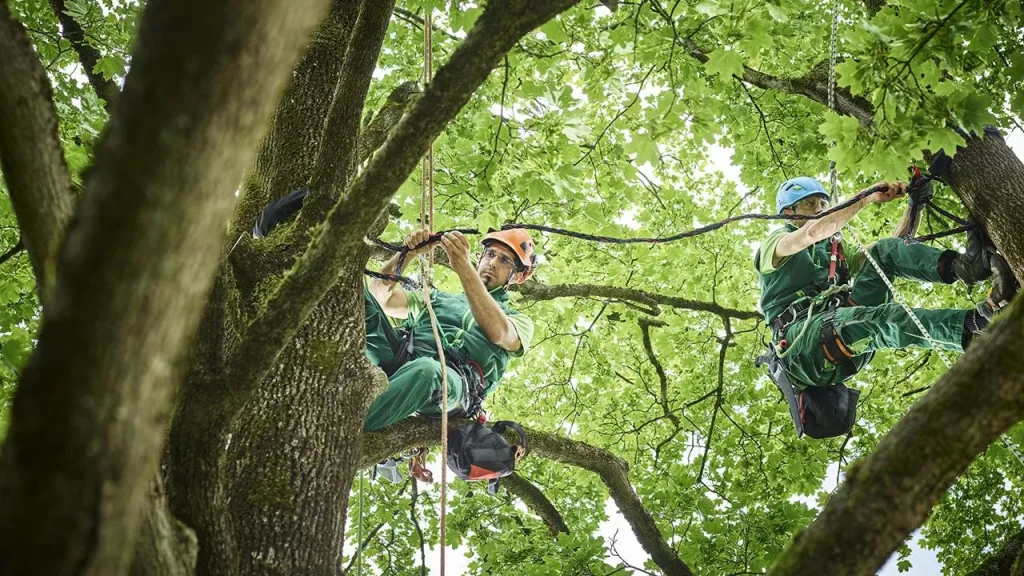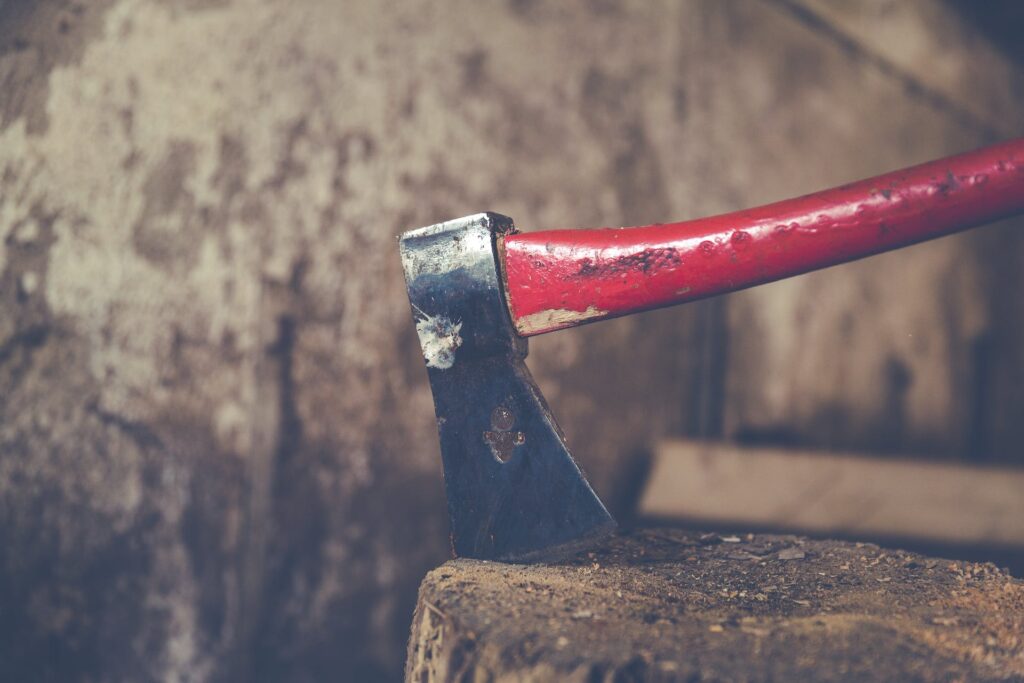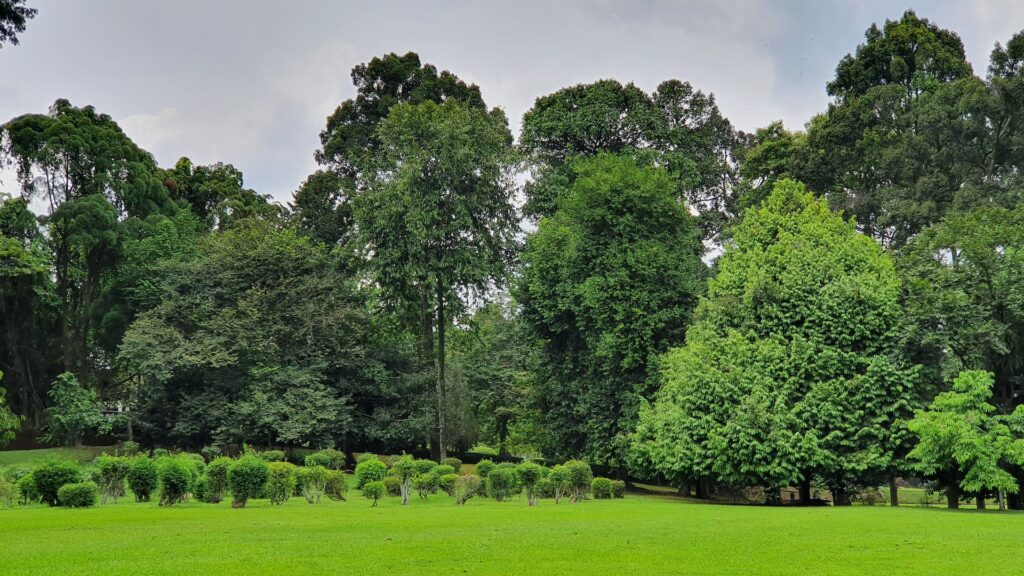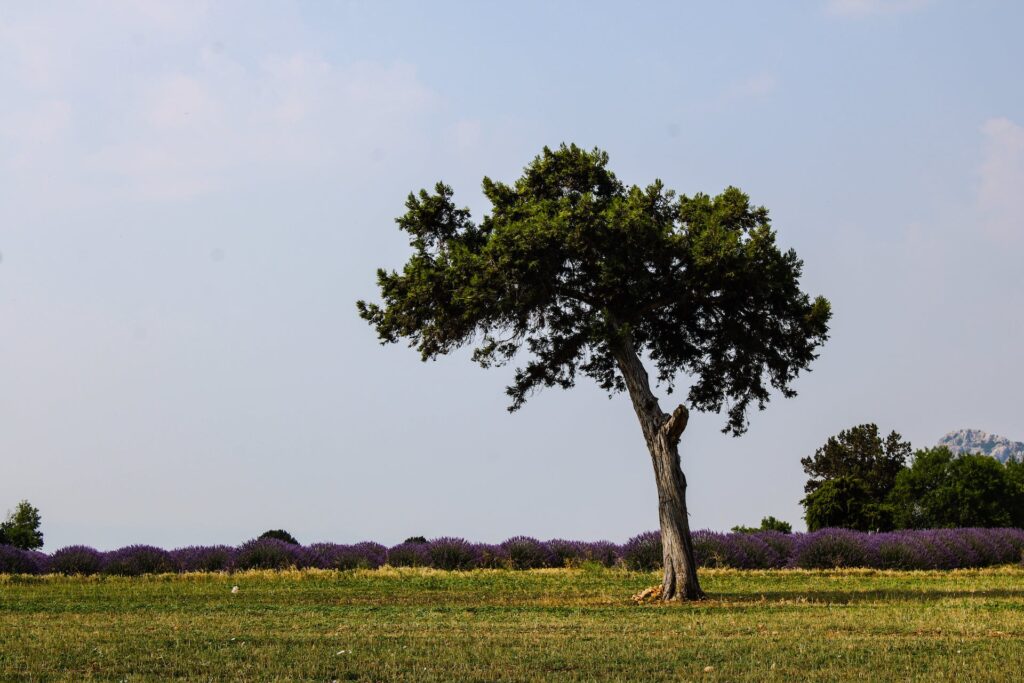Trees, with their towering presence and graceful canopies, are not only aesthetically pleasing but also play a vital role in the environment. As a homeowner, you may find yourself wondering about the best ways to care for the trees on your property. While many routine tasks can be handled through do-it-yourself (DIY) efforts, there are certain aspects that necessitate the expertise of a certified arborist. In this comprehensive guide, we’ll explore what you can—and can’t—do when it comes to DIY tree care.

What You Can Do:
1. Regular Inspections:
Regularly inspecting your trees is a simple yet effective DIY task. Look for signs of damage, disease, or unusual growth patterns. Check for cracked bark, dead branches, or pest infestations. Early detection of issues allows for timely intervention and prevents more significant problems down the road.
2. Watering and Mulching:
Proper hydration is essential for tree health. During dry periods, ensure your trees receive adequate water. Mulching around the base of the tree helps retain moisture, regulates soil temperature, and suppresses weeds. A layer of 2-4 inches of mulch, spread evenly, can significantly benefit your trees.
3. Pruning Small Branches:
Pruning can enhance the appearance and health of a tree. For small branches with diameters less than 1 inch, DIY pruning is generally safe. Use clean, sharp tools, and make cuts just outside the branch collar (the swollen area where the branch meets the trunk) to promote proper healing.
4. Removing Dead or Diseased Branches:
Removing dead or diseased branches is crucial for the overall well-being of the tree. If you notice a branch that is lifeless or showing signs of disease, carefully prune it to prevent the issue from spreading. Dispose of the removed branches properly to avoid further contamination.
5. Applying Fertilizer:
Trees, like all living organisms, benefit from proper nutrition. You can apply a balanced, slow-release fertilizer to the soil around your tree, following recommended guidelines. However, it’s essential not to over-fertilize, as this can lead to nutrient imbalances and harm the tree.
6. Supporting Young Trees:
Young trees may need additional support to establish a strong and stable structure. Use stakes and ties to protect them from strong winds and promote straight and healthy growth. Be cautious not to leave stakes on for too long, as this can hinder the tree’s development.
7. Managing Mulch Properly:
While mulching is beneficial, it’s crucial to manage it correctly. Ensure that mulch is spread evenly and doesn’t form a “volcano” shape around the tree base, as this can lead to moisture-related issues and attract pests. Maintain a gap between the mulch and the tree trunk.
What You Can’t Do:
1. Large Tree Pruning and Removal:
Pruning large branches or, especially, removing entire trees is a task best left to the professionals. Handling large limbs can be dangerous and may result in injuries or property damage. Additionally, removing a mature tree requires expertise to avoid accidents and ensure a controlled process.
2. Chemical Treatments for Pests and Diseases:
While there are various over-the-counter products available for treating pests and diseases, the application of certain chemical treatments requires careful consideration. Arborists have the knowledge to identify the specific issue and choose the most effective and environmentally friendly treatments.
3. Climbing Trees for Pruning:
Climbing trees to perform pruning or other maintenance tasks is hazardous and should be avoided by individuals without proper training and equipment. Arborists are trained to use safety gear and follow industry standards to minimize risks during tree climbing and maintenance.
4. Tree Assessments and Risk Management:
Assessing the overall health of a tree and identifying potential risks is a task that demands professional expertise. Arborists use specialized tools and techniques to evaluate a tree’s structural integrity, helping them identify potential hazards and recommend appropriate measures.
5. Working Near Power Lines:
Any tree care tasks near power lines pose a severe risk and should only be handled by professionals trained in line clearance. DIY attempts to trim or remove trees near power lines can lead to electrocution and other life-threatening accidents.
6. Dealing with Storm-Damaged Trees:
After a storm, trees may be damaged or present safety hazards. Attempting to assess and address storm-damaged trees without proper training and equipment can be dangerous. Arborists are equipped to handle emergency situations and can safely remove or stabilize damaged trees.
Conclusion:
In conclusion, while many aspects of tree care can be managed through DIY efforts, certain tasks require the expertise and skills of certified arborists. Regular inspections, proper watering, and small-scale pruning are within the capabilities of homeowners. However, when it comes to large-scale tree work, dealing with potentially dangerous situations, or addressing complex issues like diseases and pests, consulting with a professional arborist is the safest and most effective course of action. By striking a balance between DIY efforts and professional tree care, you can ensure the health and longevity of the trees on your property.
